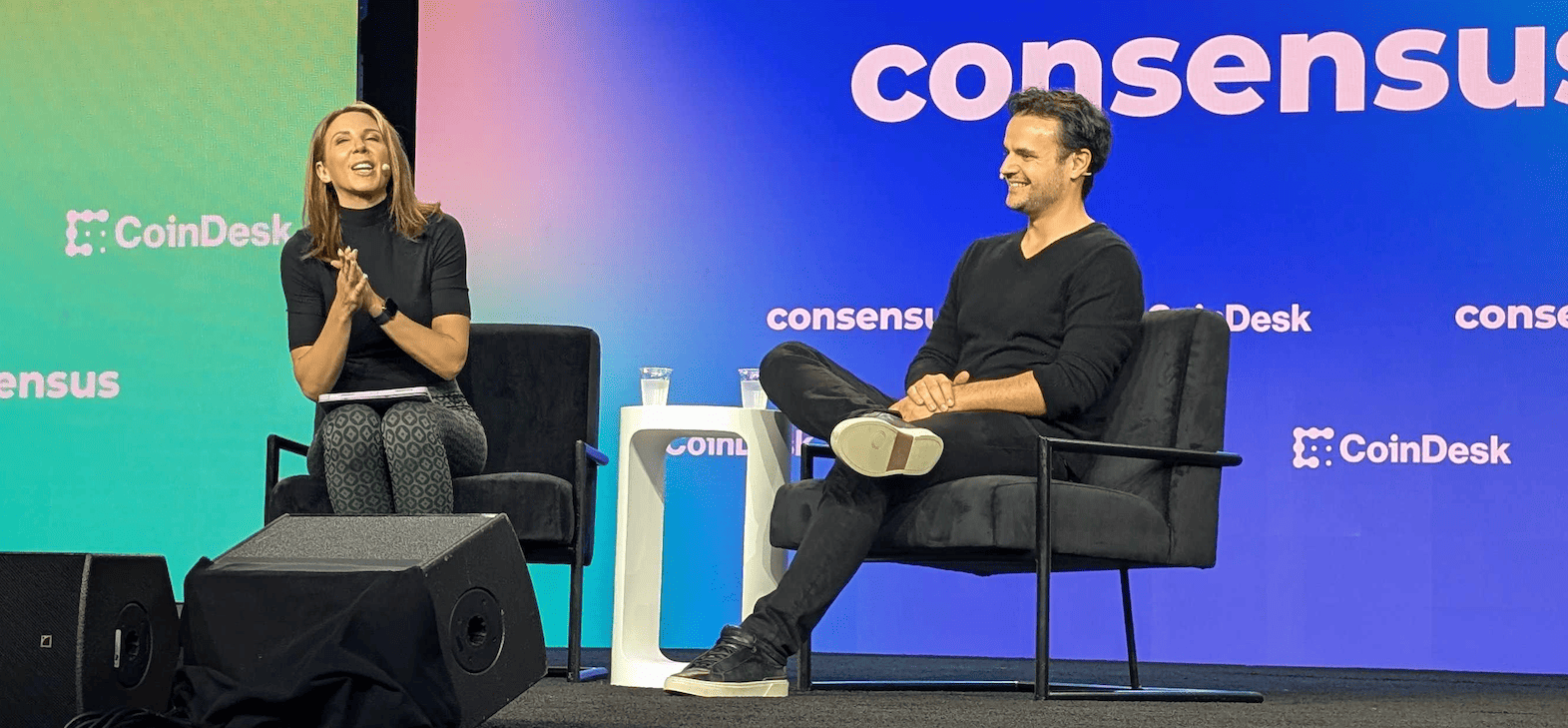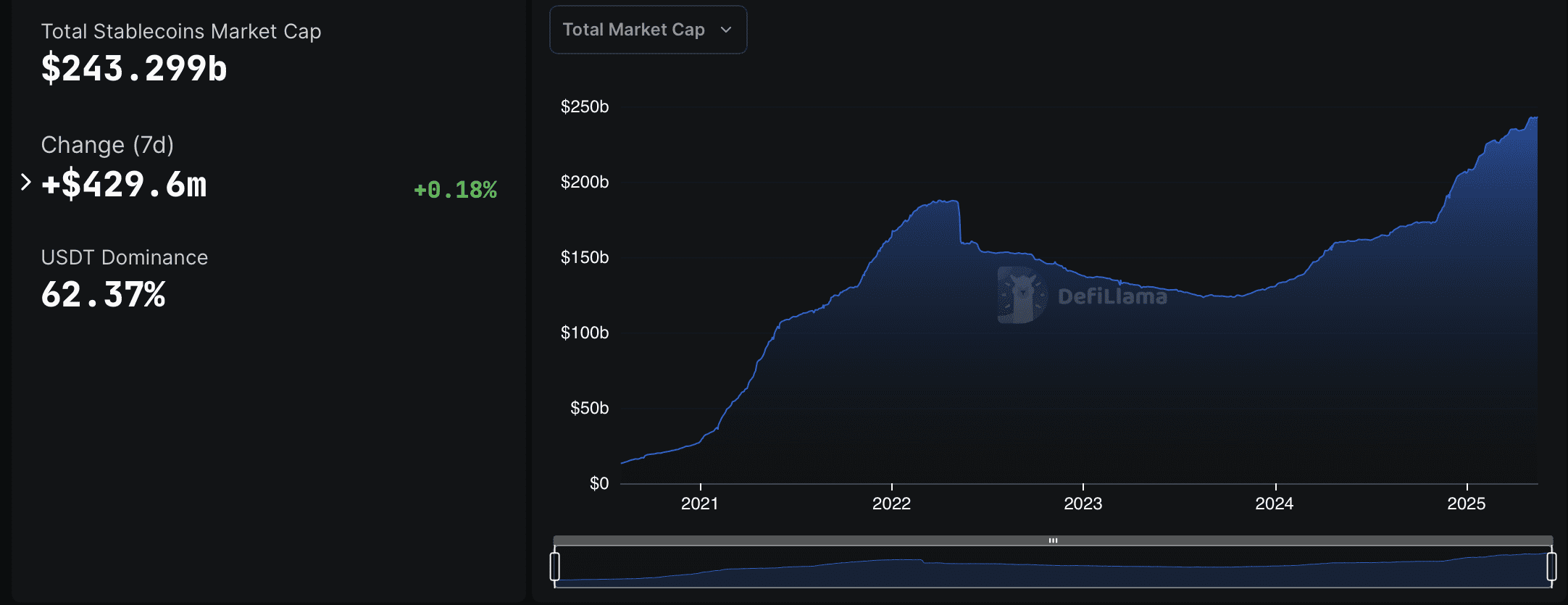Tokenization is poised to revolutionize investment accessibility, particularly for retail investors seeking exposure to traditionally exclusive asset classes. Johann Kerbrat, Senior Vice President and General Manager of Robinhood Crypto, underscored this potential at Consensus 2025 in Toronto, emphasizing its importance for financial inclusion.
Kerbrat highlighted that assets like real estate and private equity are often limited to a small fraction (around 10%) of the U.S. population due to accreditation and affordability barriers. He argued that tokenization and fractionalization can break down these barriers.
“You need to be an accredited investor to invest in private equity right now,” Kerbrat stated. “How many people can afford a house or an apartment in New York? But you can get a piece of it with fractionalization, through tokenization. And so we think it makes it a lot easier to be exchanged, a lot more accessible for everybody.”

Key Benefits of Tokenization:
- Increased Accessibility: Opens investment opportunities to a wider range of investors, regardless of accreditation status.
- Fractional Ownership: Allows investors to purchase smaller portions of high-value assets, reducing the capital required.
- Enhanced Liquidity: Facilitates easier trading and exchange of assets, improving market efficiency.
Robinhood joins a growing list of firms exploring Real-World Asset (RWA) tokenization, including industry giants like BlackRock, Franklin Templeton, Apollo, and VanEck. This trend signifies a broader movement towards integrating traditional assets into the blockchain ecosystem.
What is RWA Tokenization?
RWA tokenization involves representing real-world assets, such as real estate, commodities, or securities, as digital tokens on a blockchain. These tokens can then be traded and managed more efficiently compared to traditional methods.
Current Market Landscape:
According to RWA.xyz data from May 16, the total market capitalization of on-chain RWAs stands at $22.5 billion, distributed across 101,457 asset holders. This indicates an average holding of $221,867 per holder.
The Future of Stablecoins: Specialization and Diversification
Kerbrat also discussed the evolution of stablecoins, predicting a rise in specialized stablecoins tailored to specific markets and use cases. He anticipates a future where numerous stablecoins coexist, each catering to unique needs.
“You will see 100 stablecoins,” he predicted, envisioning stablecoins designed for specific geographic regions or transaction types. “If you’re trying to move funds from the US to Singapore, maybe you will use a specific stablecoin. The shift is going to go from just stablecoin to platforms that are managing all these stablecoins.”
Currently, the stablecoin market is dominated by dollar-pegged options, primarily Tether’s USDT and Circle’s USDC. These two stablecoins account for approximately 87.1% of the total stablecoin market capitalization, as reported by DefiLlama.

The Rise of Non-Dollar Stablecoins:
Recent trends suggest a growing demand for stablecoins pegged to currencies other than the US dollar. Fireblocks policy chief, Dea Markova, highlighted this trend, noting increased interest in non-dollar stablecoins. Furthermore, the Italian finance minister has expressed concerns about the potential risks posed by dollar-pegged stablecoins to the Euro.
In Conclusion:
Tokenization and the evolution of stablecoins are poised to reshape the financial landscape. Tokenization promises to democratize investment opportunities, while specialized stablecoins could streamline cross-border transactions and offer greater flexibility. As these technologies mature, they have the potential to unlock new levels of financial inclusion and efficiency.